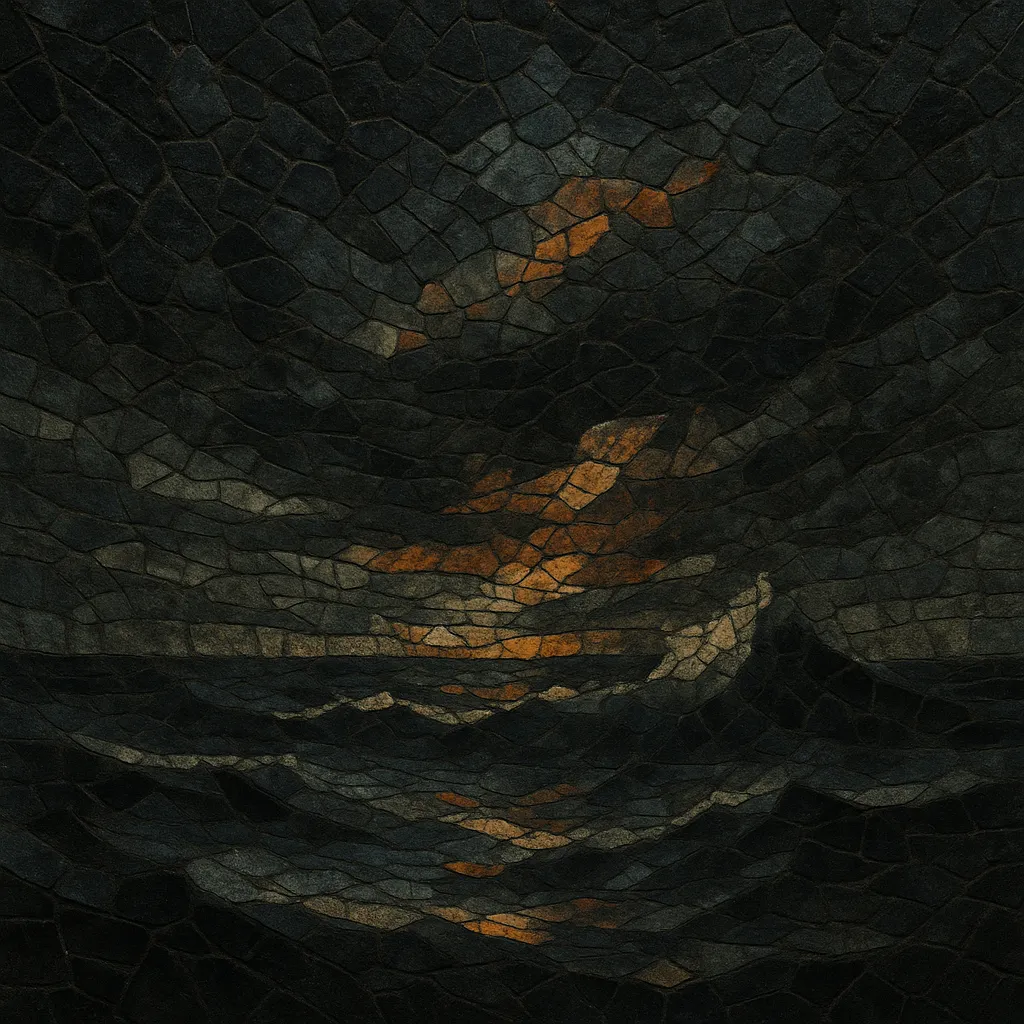Post-metal is a heavy, atmospheric offshoot of metal that blends the weight and distortion of sludge and doom with the expansive dynamics and textural focus of post-rock.
Instead of traditional verse–chorus structures, it emphasizes long-form development, layering, and crescendos, often moving from sparse, ambient passages to overwhelming climaxes. Vocals (if present) are used more as another texture—ranging from harsh screams to distant, chant-like cleans—while guitars prioritize drones, pedal tones, and richly effected timbres over conventional riffs.
The result is music that feels cinematic and immersive: slow-to-mid tempos, tectonic low-end, and wide dynamic arcs that convey bleakness, catharsis, and grandeur in equal measure.
Post-metal emerged in the mid-to-late 1990s in the United States as bands from the hardcore and sludge/doom underground began adopting post-rock’s patient buildups, textural layering, and expanded song lengths. Neurosis (evolving from crust/hardcore roots) pioneered a ritualistic, atmospheric heaviness that moved away from riff-centric songwriting toward mood, weight, and dynamic narrative.
In the early 2000s, groups like Isis, Cult of Luna, and Pelican codified the style: elongated compositions, waves of distortion, and quiet–loud crescendos that felt as architectural as they were emotional. Media and fans increasingly used the term “post-metal” to describe this scene, distinguishing it from traditional doom, sludge, and post-hardcore while acknowledging its kinship with post-rock.
The palette broadened as artists incorporated shoegaze haze, drone metal mass, and progressive structures. Bands from Europe and beyond (Amenra, The Ocean, Year of No Light, Rosetta) expanded thematic scope and production ambition. Instrumental variants thrived, and the style cross-pollinated with black metal and doom, helping seed blackgaze and doomgaze aesthetics.
Post-metal remains a globally diffuse, album-oriented artform centered on atmosphere, pacing, and textural storytelling. Contemporary acts continue to refine the balance between colossal heaviness and cinematic restraint, with live shows emphasizing immersive sound design and visual accompaniment.


